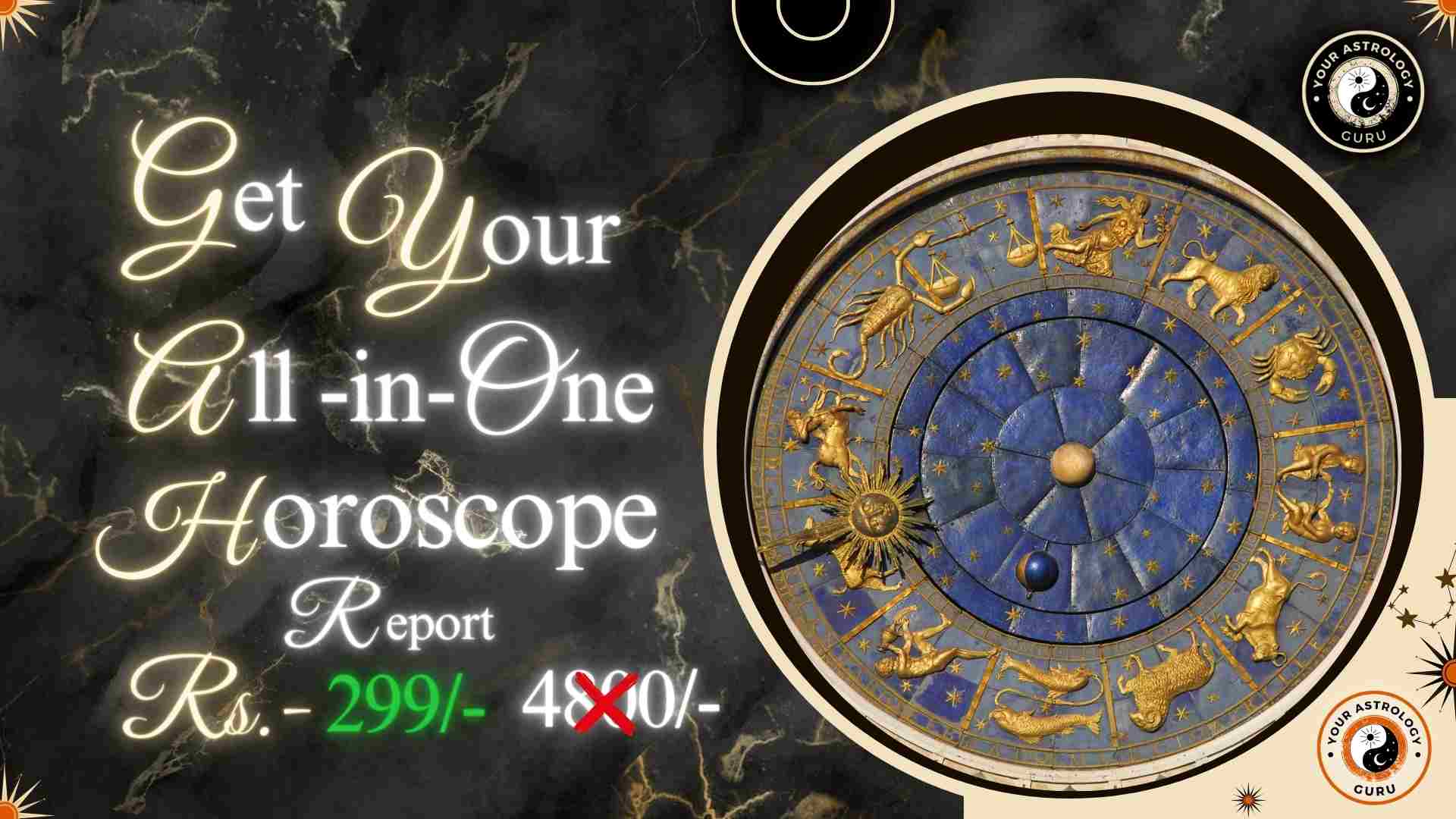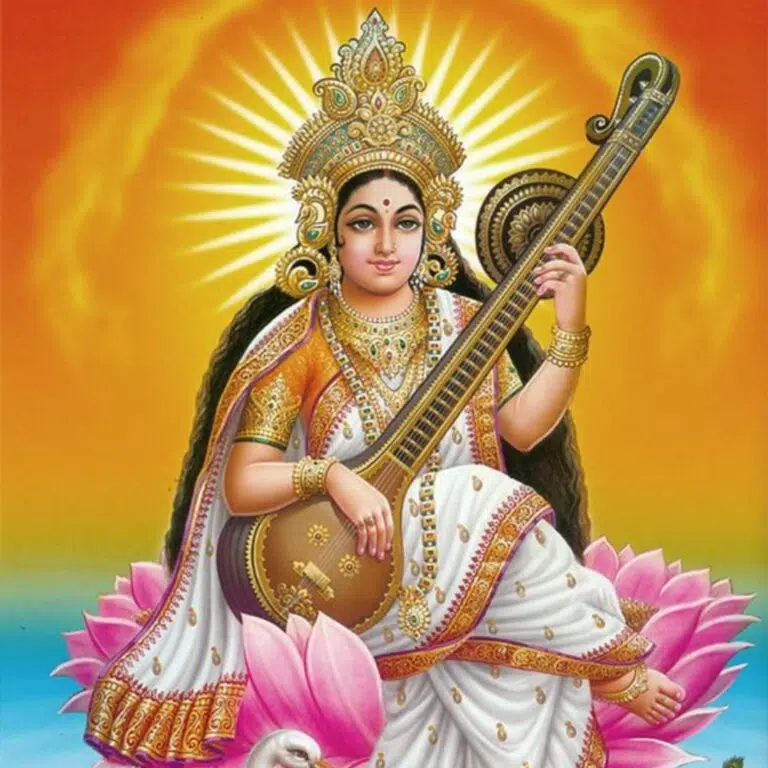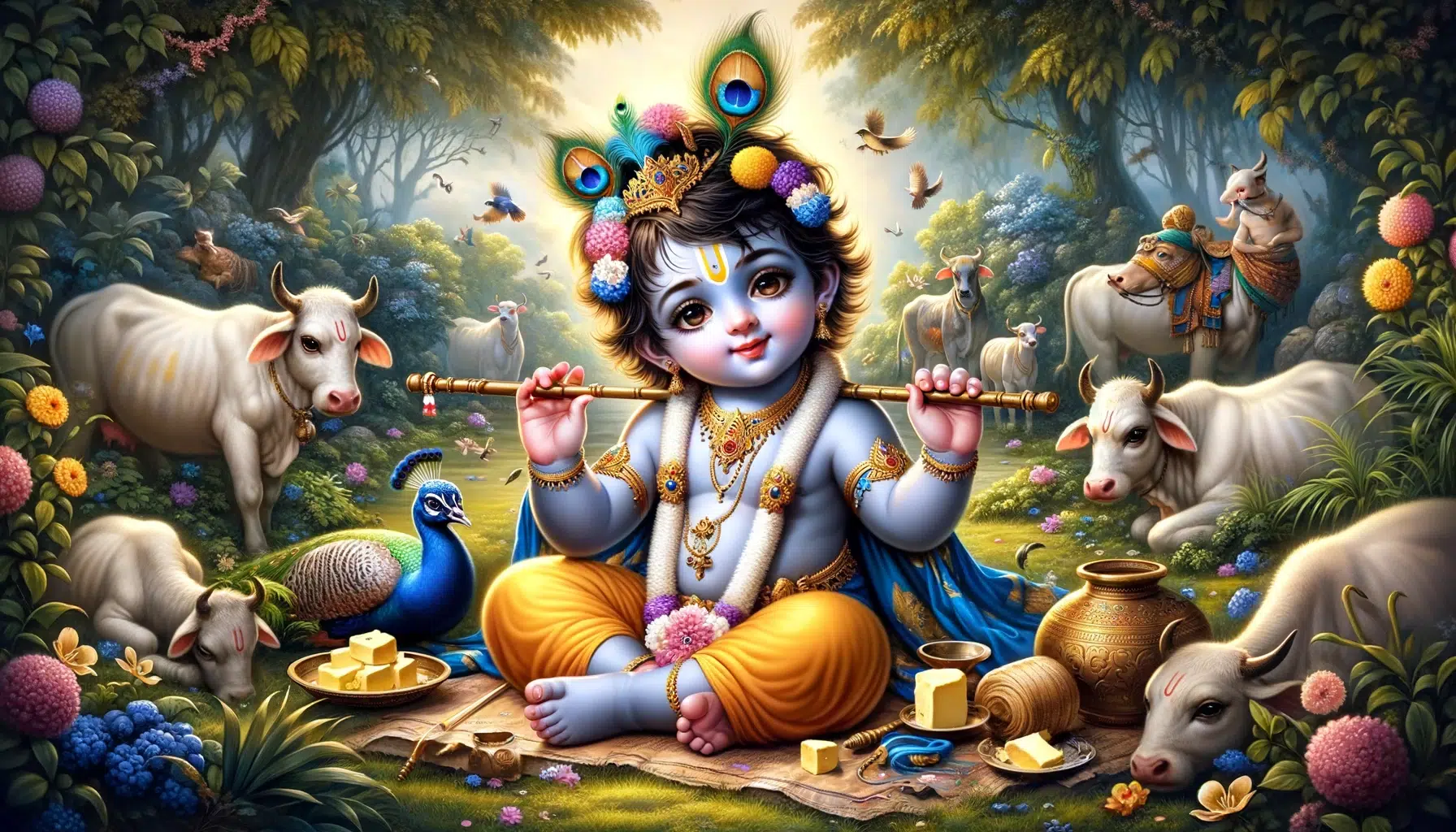KP Astrology, also known as Krishnamurti Paddhati Astrology, is a system of astrology that has been gaining popularity in recent years. It offers a unique approach to understanding and predicting events in a person’s life. It is important to understand the differences between KP Astrology and traditional astrology in order to fully grasp its concepts and techniques.
Traditional astrology is based on the positions of the planets at the time of a person’s birth. It uses various charts and calculations to interpret these positions and make predictions about the person’s life. KP Astrology, on the other hand, focuses on the sub-lords and cusps of the houses in a horoscope chart. It uses a more precise and detailed approach to make predictions.
Table of Contents
What is KP Astrology and how does it differ from traditional astrology?
KP Astrology is a system of astrology developed by K.S. Krishnamurti in the 20th century. It is based on the principles of stellar astrology, which focuses on the positions of the stars and planets at the time of a person’s birth. KP Astrology differs from traditional astrology in several ways.
One of the main differences is that KP Astrology uses a more precise method of calculating planetary positions. It takes into account the sub-lords and cusps of the houses in a horoscope chart, which provide more detailed information about a person’s life. Traditional astrology, on the other hand, focuses mainly on the positions of the planets.
Another difference is that KP Astrology uses a different system of house division called Placidus house division. This system divides the horoscope chart into unequal segments, based on the time and location of birth. Traditional astrology typically uses equal house division.
The history and origins of KP Astrology
KP Astrology was developed by K.S. Krishnamurti, an Indian astrologer, in the early 20th century. Krishnamurti was born in 1908 in Andhra Pradesh, India. He was a self-taught astrologer who developed his own system of astrology based on his observations and experiences.
Krishnamurti’s system of astrology gained popularity in India and eventually spread to other parts of the world. He wrote several books on the subject, including “Astrology for Beginners” and “Astrology for Students”. His teachings and techniques continue to be studied and practiced by astrologers today.
Over time, KP Astrology has evolved and been refined by various astrologers. New techniques and methods have been developed to enhance its accuracy and effectiveness. Today, it is widely recognized as a legitimate and valuable system of astrology.
The significance of the 27 Nakshatras in KP Astrology
In KP Astrology, the 27 Nakshatras play a significant role in determining a person’s life events and characteristics. Nakshatras are lunar mansions or star constellations that divide the zodiac into 27 equal parts. Each Nakshatra has its own unique qualities and influences.
The Nakshatras are believed to have a direct influence on a person’s personality, behavior, and life events. They are associated with specific planetary energies and can indicate various aspects of a person’s life, such as career, relationships, health, and spirituality.
Understanding the Nakshatras is essential in KP Astrology because they provide valuable insights into a person’s life. By analyzing the Nakshatras in a horoscope chart, an astrologer can gain a deeper understanding of the person’s strengths, weaknesses, and potential challenges.
Understanding the concept of Bhavas and their importance in KP Astrology
In KP Astrology, Bhavas are the houses in a horoscope chart that represent different areas of a person’s life. There are 12 Bhavas in total, each corresponding to a specific aspect of life, such as career, relationships, health, and finances.
The Bhavas play a crucial role in determining the outcomes and events in a person’s life. They provide valuable information about the various areas of life and how they are likely to unfold. By analyzing the Bhavas in a horoscope chart, an astrologer can make predictions and offer guidance on different aspects of a person’s life.
Each Bhava is ruled by a specific planet, which further influences its characteristics and significations. For example, the first Bhava, known as the Lagna or Ascendant, represents the person’s physical appearance, personality, and overall well-being. It is ruled by the planet that rules the person’s zodiac sign.
The role of planets in KP Astrology and their effects on our lives
In KP Astrology, planets are considered to be the primary indicators of a person’s life events and characteristics. Each planet has its own unique qualities and influences that can have a significant impact on a person’s life.
The planets in KP Astrology are divided into two categories: functional benefic planets and functional malefic planets. Functional benefic planets are those that have a positive influence on a person’s life and bring favorable outcomes. Functional malefic planets, on the other hand, have a negative influence and can bring challenges and obstacles.
The effects of the planets are determined by their positions in the horoscope chart and their relationships with other planets. By analyzing these factors, an astrologer can determine how the planets are likely to influence a person’s life and make predictions about future events.
The unique features of KP Astrology, such as sub-lords and cusps
One of the unique features of KP Astrology is the use of sub-lords and cusps in interpreting a horoscope chart. Sub-lords are specific points in a horoscope chart that represent the influence of a planet in a particular house. Cusps, on the other hand, are the dividing lines between two houses.
Sub-lords and cusps provide more detailed information about a person’s life and can help in making accurate predictions. They allow astrologers to analyze the specific significations of each house and determine the outcomes and events related to it.
By analyzing the sub-lords and cusps in a horoscope chart, an astrologer can gain insights into various aspects of a person’s life, such as career, relationships, health, and finances. This level of detail and precision is one of the reasons why KP Astrology is highly regarded by astrologers.
How to cast a KP horoscope chart and interpret its various components
Casting a KP horoscope chart involves several steps and calculations. Here is a step-by-step guide to casting a KP horoscope chart:
1. Determine the exact time and location of birth.
2. Convert the time of birth to Greenwich Mean Time (GMT).
3. Calculate the Lahiri Ayanamsa, which is the difference between the tropical and sidereal zodiacs.
4. Calculate the Ascendant or Lagna using the time of birth and location.
5. Determine the positions of the planets at the time of birth using an ephemeris or computer software.
6. Calculate the sub-lords and cusps for each house using the Placidus house division system.
7. Plot the positions of the planets, sub-lords, and cusps on a horoscope chart.
Once the horoscope chart is cast, it can be interpreted by analyzing the positions of the planets, sub-lords, cusps, Nakshatras, and Bhavas. Each component provides valuable information about different aspects of a person’s life and can be used to make predictions and offer guidance.
The importance of timing in KP Astrology and how to use it to your advantage
Timing is a crucial aspect of KP Astrology. The timing of events is determined by the positions of the planets and their relationships with each other. By analyzing these factors, an astrologer can determine when certain events are likely to occur.
There are several timing techniques used in KP Astrology, such as the ruling planets, dasa system, and transit analysis. The ruling planets technique involves analyzing the positions of the ruling planets for each house to determine the timing of events. The dasa system involves calculating the periods and sub-periods of the planets to determine when certain events are likely to occur. Transit analysis involves analyzing the current positions of the planets in relation to a person’s horoscope chart to determine their influence.
By using these timing techniques, an astrologer can make accurate predictions about when certain events are likely to occur in a person’s life. This can be extremely helpful in planning for the future and making informed decisions.
How to make accurate predictions using KP Astrology
Making accurate predictions using KP Astrology requires a deep understanding of its principles and techniques. Here are some tips for making accurate predictions:
1. Study and practice: To become proficient in KP Astrology, it is important to study and practice regularly. This will help you develop a strong foundation and gain practical experience in interpreting horoscope charts.
2. Use multiple techniques: KP Astrology offers a variety of techniques for making predictions, such as ruling planets, dasa system, and transit analysis. By using multiple techniques, you can cross-reference your predictions and increase their accuracy.
3. Consider multiple factors: When making predictions, consider multiple factors, such as the positions of the planets, sub-lords, cusps, Nakshatras, and Bhavas. Each factor provides valuable information that can help in making accurate predictions.
4. Keep an open mind: It is important to approach predictions with an open mind and avoid biases or preconceived notions. This will allow you to interpret the horoscope chart objectively and make accurate predictions.
The benefits of learning KP Astrology for personal growth and self-awareness
Learning KP Astrology can have several benefits for personal growth and self-awareness. By understanding the principles and techniques of KP Astrology, individuals can gain valuable insights into their own lives and make informed decisions.
KP Astrology provides a framework for understanding the various aspects of life, such as career, relationships, health, and finances. By analyzing the horoscope chart, individuals can gain a deeper understanding of their strengths, weaknesses, and potential challenges. This self-awareness can help in making better choices and achieving personal goals.
Furthermore, learning KP Astrology can also enhance spiritual growth and self-discovery. By studying the Nakshatras and their influences, individuals can gain insights into their spiritual path and purpose in life. This can lead to a greater sense of fulfillment and happiness.
Resources and tools for beginners to start learning KP Astrology
For beginners who are interested in learning KP Astrology, there are several resources and tools available:
1. Books: There are several books on KP Astrology that provide a comprehensive introduction to its principles and techniques. Some recommended books include “Astrology for Beginners” by K.S. Krishnamurti and “Astrology for Students” by K.S. Krishnamurti.
2. Online courses: There are several online courses available that offer in-depth training in KP Astrology. These courses typically include video lectures, practice exercises, and interactive forums for discussion.
3. Software: There are several software programs available that can help in casting horoscope charts and analyzing the various components of KP Astrology. Some popular software programs include AstroSage, Jagannatha Hora, and KP StarOne.
4. Online forums and communities: Joining online forums and communities dedicated to KP Astrology can provide a platform for learning and sharing knowledge with other enthusiasts. These forums often have experienced astrologers who can offer guidance and answer questions.
KP Astrology is a unique system of astrology that offers a precise and detailed approach to understanding and predicting events in a person’s life. By understanding the differences between KP Astrology and traditional astrology, individuals can gain a deeper appreciation for its concepts and techniques.
The significance of the 27 Nakshatras, the concept of Bhavas, the role of planets, and the unique features of sub-lords and cusps are all important aspects of KP Astrology that contribute to its accuracy and effectiveness. By learning how to cast a KP horoscope chart and interpret its various components, individuals can make accurate predictions and gain valuable insights into their own lives.
Learning KP Astrology can have several benefits for personal growth and self-awareness. By understanding the principles and techniques of KP Astrology, individuals can gain a deeper understanding of themselves and make informed decisions. With the availability of resources and tools for beginners, anyone can start learning KP Astrology and explore its benefits.
















